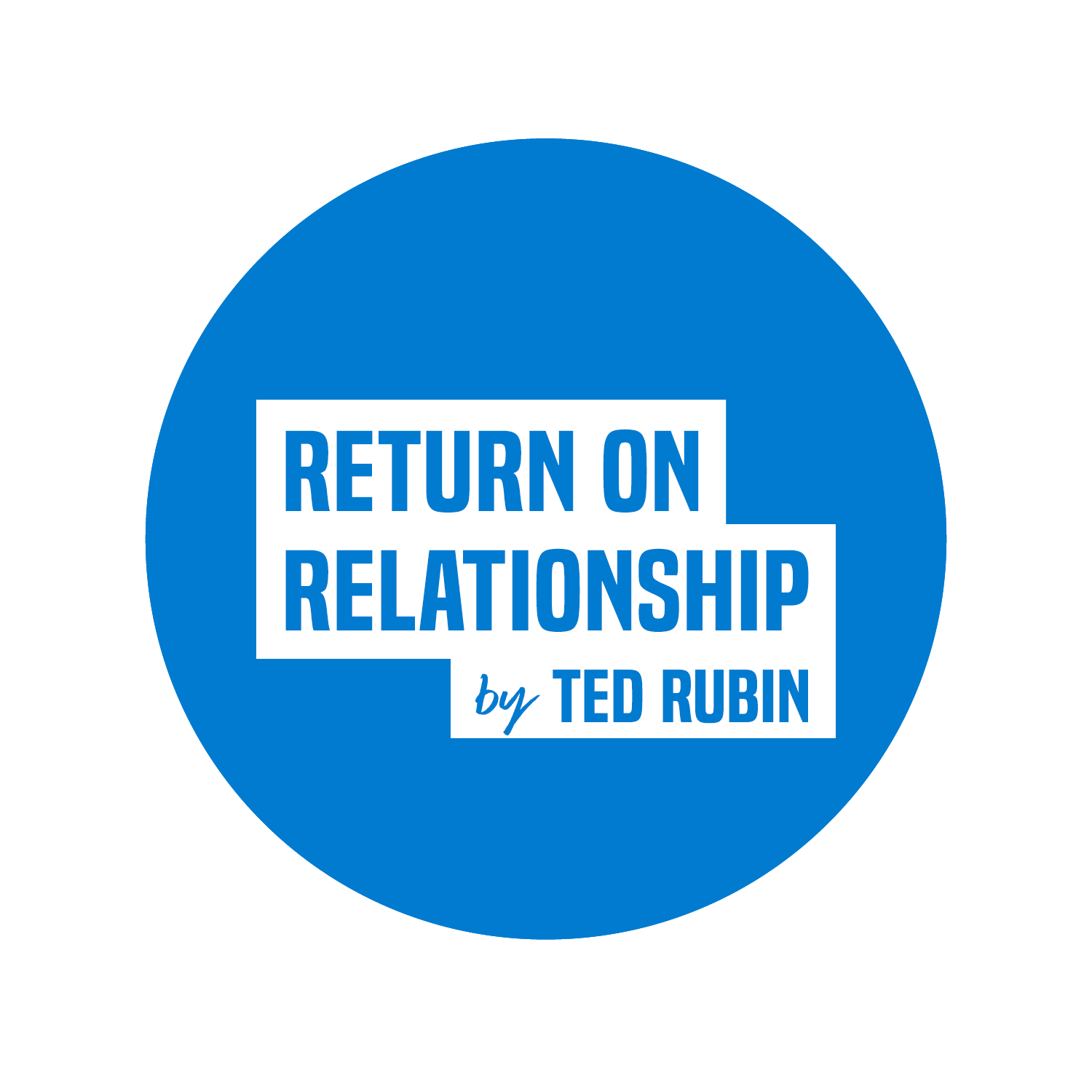What’s Your Return on Relationship? ~via @kmitchellnyc and @Sothebys
Faculty Kim Mitchell is the former Chief Communications Officer at The Museum of Modern Art, where she led the marketing, communications and graphic design teams. This summer, Kim brings her expertise to the Sotheby's Institute Summer Study program. In advance of her Art World Marketing, PR and Communications course, Kim takes a close look at one of the marketing world’s "softer" but vital metrics.
Those of us lucky enough to practice marketing and communications for a living do love our acronyms. ROI, OOH, CTR, CPC, KPI, SEO, SEM, CTA, AVE—each one a shorthand for communicating (and secretly makes us feel like a savvy insider). We may use acronyms to measure how well problems are solved, as in a return on investment in a marketing program (ROI). Or it’s a shorthand for an ongoing process like search engine optimization (SEO), or reflects a decision on what specific key performance indicators (KPI) work best for your organization. For public relations practitioners, there’s the dreaded Ad Value Equivalency (AVE) which seeks (and fails) to fully evaluate earned media programs via the framework of paid advertising. In the midst of this confusing alphabet soup, I believe there’s one acronym that rises above and needs to be more widely utilized—ROR, or Return on Relationship.
Defining the phrase
I first learned of this phrase while doing research for my Sotheby’s Institute class on Art World Marketing and Communications, as I discovered the marketing strategist, speaker, and author Ted Rubin, who has literally written the book (with Kathryn Rose) on the subject. He has even trademarked the phrase, which he defines as such:
"RoR (Return on Relationship) is the value accrued by a person or a brand due to nurturing a relationship. ROI (Return on Investment) is simple dollars and cents. RoR is the value (perceived and real) that will accrue over time through loyalty, recommendations, and sharing."
—Ted Rubin
It's not a simple formula
So how does one go about measuring RoR in a way that will make sense to those holding the purse strings? It’s not a simple black and white percentage formula like ROI (which can be expressed by measuring the return of a marketing investment, divided by its cost.) RoR is more like a 360-degree, full color, rich description of your organization’s personality and its connection to people. Imagine a regularly updated dashboard to show your Facebook fans and their level of engagement, Instagram and Twitter followers (and the top influencers, posts and comments), retweets, website visits, video views and watch time, rankings on review sites like Yelp and Trip Advisor, and earned media, which if positive and from a respected source, can have a dramatic ripple effect well beyond your location. Mix in the tangible numbers—visitors, members, donors (and their engagement levels and tenure), event attendees, employees, and volunteers—and you’ll have a much clearer idea of your organization’s impact on the world. You’ll also better see the gaps, and where you need to jump in and more deeply engage.
Why it matters
The marketing researcher Colleen Dilenschneider argues that reputation is the second most important driver (after schedule) among the “high-propensity” visitors to a cultural organization. These visitors are those with the demographic, psychographic, and behavioral attributes most linked to participation—in other words, your top target market! Colleen’s website offers an abundance of data supporting an RoR approach. She presents research that shows informal messaging from peers and word of mouth derived from social and earned media have a value that is 12.85% greater than traditional forms of paid advertising.
Why it's worth measuring
Shifting to a more nuanced relationship-centric view will take more time and energy, and collaboration across departments. There will be a learning curve in communicating a new approach to colleagues, clients, executives, and board members who are more comfortable with simplicity and bottom line numbers. There will always be value in measuring the bottom line success of campaign budgets, and in evaluating the importance, sentiment, and prominence of media coverage.
So, if the conversation in your organization is solely focused on ticket sales, foot traffic, and the latest ads and media reviews, try to shift the thinking toward a longer term and wider view. Focus on people and their behavior; experiment with many ways to engage, educate and yes, entertain, both online and onsite. You want your audience to fall in love, to talk about you and be happy to hear from you, in good times and the not so good. The really engaged ones will stick around.
I don’t have an acronym to represent the power of that level of emotional connection, but a famous MasterCard campaign, now 20 years old, comes to mind: “Priceless.”



